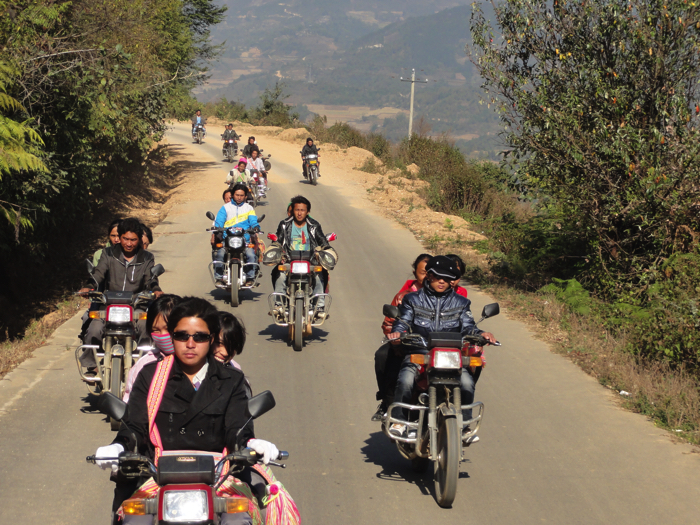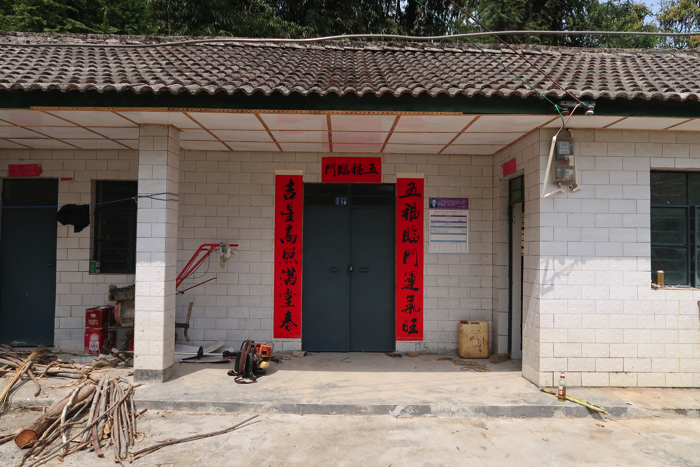- Project Leader : Horio Mio (Nagoya University, Institute for Advanced Research)
- Collaborators : Jie Huang (Kyoto University, Graduate School of Asian and African Area Studies)
- : Abe Tomohisa (Osaka University, Center for Global Initiatives)
- : Bao Shuangyue (Tohoku University, Graduate School of Arts and Letters)
- : Hayami Yoko (Kyoto University, Center for Southeast Asian Studies)
Outline of Research
This collaborative research focuses on the increasing migration flows, such as those for employment and marriage, caused by globalization and regional economic disparities, from rural sending societies in modern China and neighboring Southeast Asian countries. The research will identify the impacts of such migration, specifically how repeated migrations and the normalization of absences are changing the livelihoods, religions, cultures, and linguistic and ethnic identities—the very basis of local societies—in sending areas. Throughout this research, we reconsider the impact of migration not only from the economic aspect, but also in light of sociocultural ethnographic data.
Description
The purpose of this study is to clarify the impacts of population flows that are progressing along with the penetration of the market economy and widening regional economic disparities in China, Thailand, and Myanmar, on rural sending societies. Since the late 20th century, migration from rural to urban areas has progressed on a global scale. In China, coastal urban areas experience an influx of migrants that exceeds the original local population of the past, while inland areas have a chronic shortage of labor. In Southeast Asian countries, not only is domestic labor migration expanding, but also migration toward China, including for employment, study, and marriage is on the rise. This collaborative study aims to identify what kinds of changes this migration brings to the rural areas of sending societies by focusing on local experiences.
The significance of this research is its focus on the local logic of the sending society. While many studies about migration discuss economic principles, we reconsider it in light of socio-cultural ethnographic data. In addition to ethnographic description, we will conduct comparative research focusing on the differences among migration patterns in China and Southeast Asia in relation to larger political and economic structural influences.
The expected outcome of this study is, first, an anthropological contribution to the study of modern China’s migration flow. China’s migration research is mainly concentrated on quantitative analysis, and qualitative research is still limited in number. Qualitative study can reconstruct the local logic of specific regions, enabling the contextualization of the impacts of migration on Chinese society. Second, this study will reconsider the case studies of migration flows in the Southeast Asia in relation to the influence of China. Throughout this comparative collaborative study, we aim to bridge the division of research between Southeast Asia and China.
 The flow of the youth toward migrant work |
 Migrant work in the Han region brings gorgeous houses and Chinese culture to the Lahu village |
